Bewildering things can happen in journalism.
Most recently for this columnist was the reaction to writing one single word after another one – “green” and then “lairds”. Apparently it was a “scathing moniker” and “a sneering shorthand weaponised by those who crusade against large scale landownership”.
This column first used the offending words 16 months ago. It was in response to important information released by an upmarket estate agency, involved in selling large estates. It said that there were important new entrants to the market who wished to buy Scottish land, not for its amenity or sporting potential, but for its green credentials.
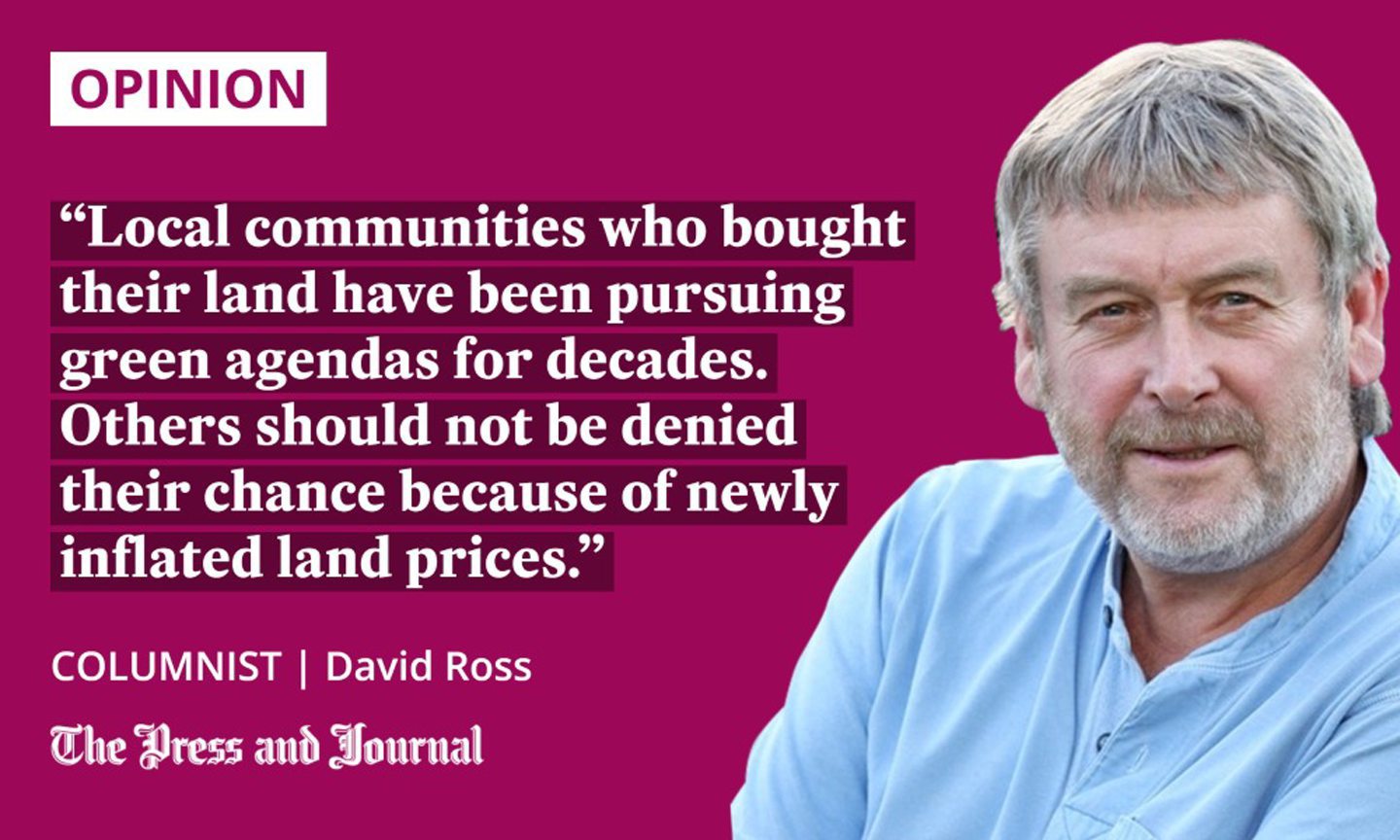
The climate crisis was fuelling “a seemingly insatiable demand for land suitable for tree planting”. Other buyers were looking to offset carbon emissions produced elsewhere by purchasing natural capital such as peat bog, until now regarded as having minimal value.
Quite a mouthful, so it was shorthand to christen them green lairds. But not to sneer or scathe (yes, it is a verb). It was to underline that these new players could have significant implications for those communities aspiring to control their local land. Land prices would be inflated, as they have been.
The planting of trees and restoration of peatbogs are important and laudable activities, surely more so than breeding birds to be shot for sport. But, how far does greenwashing really advance the climate change fight, if it only cancels out the negative impact of other commercial operations?
Meanwhile, local communities who bought their land have been pursuing green agendas for decades. Others should not be denied their chance because of newly inflated land prices.
‘We must ensure that our people and communities are not disadvantaged’
It would seem Scotland’s land reform minister, Màiri McAllan, agrees. Addressing the issue of green lairds, she said: “We risk international corporations and individuals buying up swathes of land for their benefit… While investment in Scotland’s natural capital is vital to tackle the climate and nature emergencies, we must ensure that our people and communities are not disadvantaged and indeed can benefit.” So, perhaps the two word combination has not been entirely unhelpful.
Ms McAllan was speaking at Fife’s Ecology Centre, near Kinghorn, earlier this month. She was launching a consultation paper, Land Reform in a Net Zero Nation, in preparation for a land reform bill later this year addressing the impact of so much land being owned by so few.
The paper contains welcome plans to increase accountability and transparency in the buying and selling of land. But, there are none really for structural change.
The former MSP and longtime authority on Scottish land Andy Wightman, for example, highlights there are no proposals to reform either the law of succession or land taxation – measures that have been proven historically to dismantle concentrated landownership.
Wightman is drafting a Land for the People Bill – “a comprehensive set of proposals to democratise land governance in Scotland”. This should be published by the end of August. MSPs should study it as they consider the new land reform bill.
Equivalent of 17,000 job vacancies remain unfilled
Ms McAllan’s paper does propose a public interest test (PIT) for the sale of large landholdings (3,000 hectares, or 7,413 acres). Owners would have to give community bodies notice of sale. Prospective buyers would have to prepare management plans. Ministers could stop sales, if deemed not to be in the public interest.
The land reform bill could help. Every new owner of a significant area of land being required to offer a modest section for affordable housing units
Some see the introduction of a PIT as an opportunity to address one of the single most pressing problems across rural Scotland – the lack of affordable housing.
Last week, research was published which showed that up to 1,700 job vacancies in Skye and Lochalsh are being left unfilled because people can’t find accommodation. By some calculations, that is the socioeconomic equivalent of 17,000 jobs in urban Scotland. It is affecting the private and public sectors alike, including the NHS.
The land reform bill could help. Every new owner of a significant area of land being required to offer a modest section for affordable housing units. Even two or three could make an enormous difference. The more so on land that was cleared.
‘Repeopling’ would give land reform a near spiritual purpose
Returning people to these areas, would give land reform a near spiritual purpose. It would justify a requirement that management plans for cleared land, contain proposals for “repeopling”, sometimes with the creation of new crofts.
A test for land reform legislation is whether it will increase the number of people living and working in the landscape, not just admiring it while on holiday
These conditions should not only apply to private landowners, but also to charities, public agencies and utilities. If they are acquiring land, they should at least think of where they might be able to put a roof over some heads.
The Forestry Commission used to build wooden townships. There were “hydro houses” and “canal houses”. Today, fish farm companies build houses for their workers.
A test for land reform legislation is whether it will increase the number of people living and working in the landscape, not just admiring it while on holiday. MSPs should ensure this bill passes that test before approving it.
David Ross is a veteran Highland journalist and author of an acclaimed book about his three decades of reporting on the region
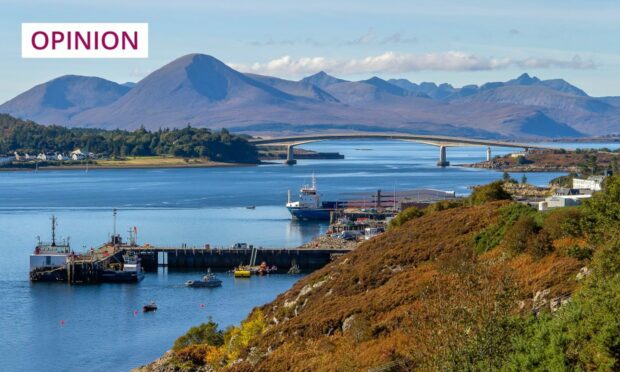
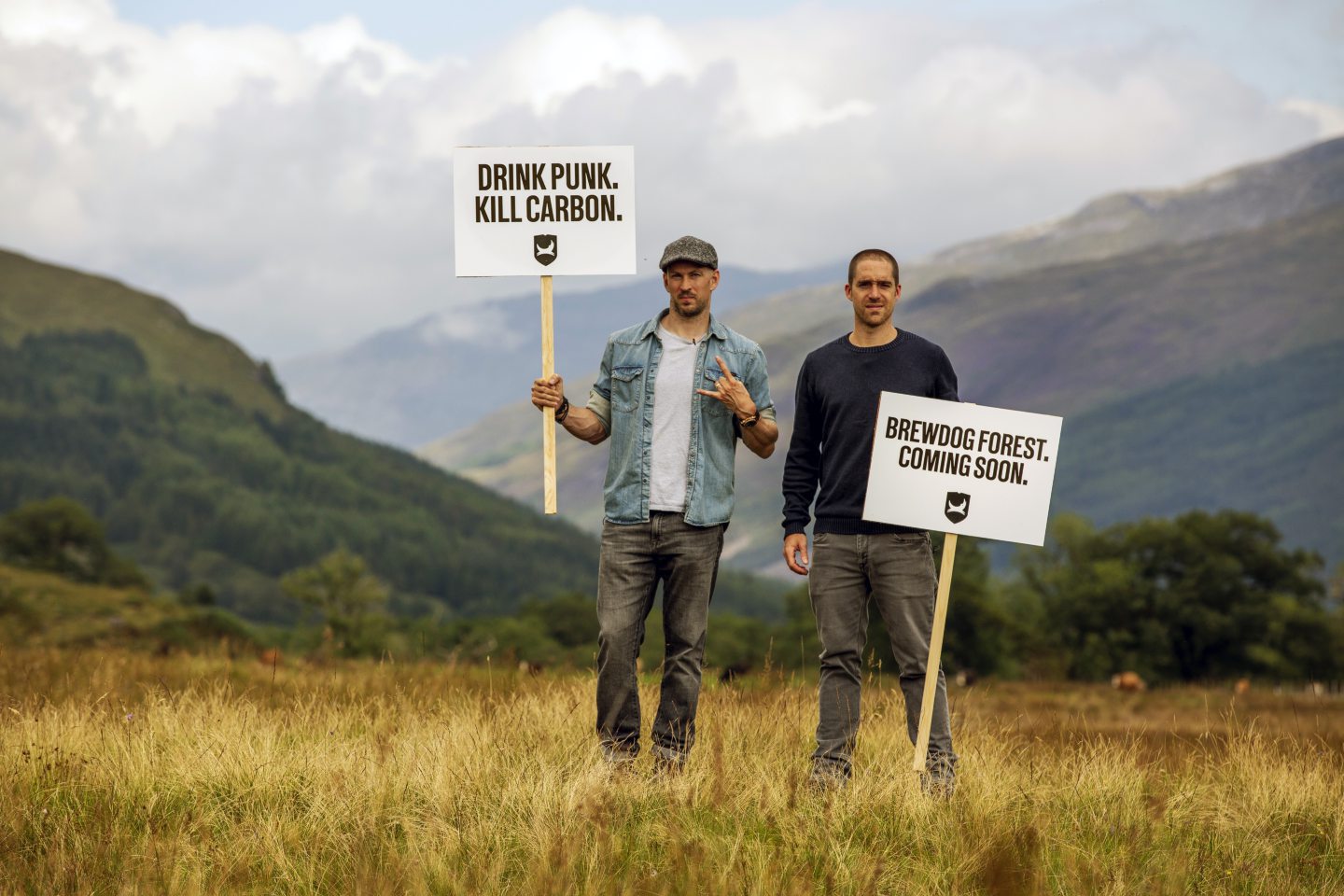

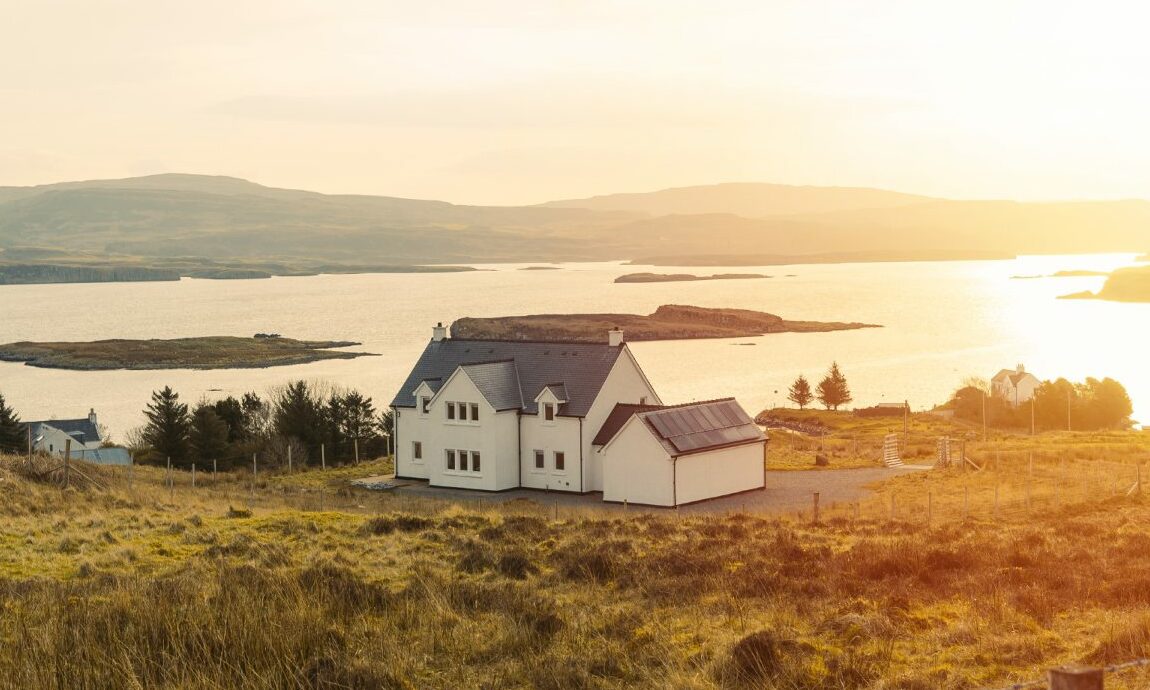
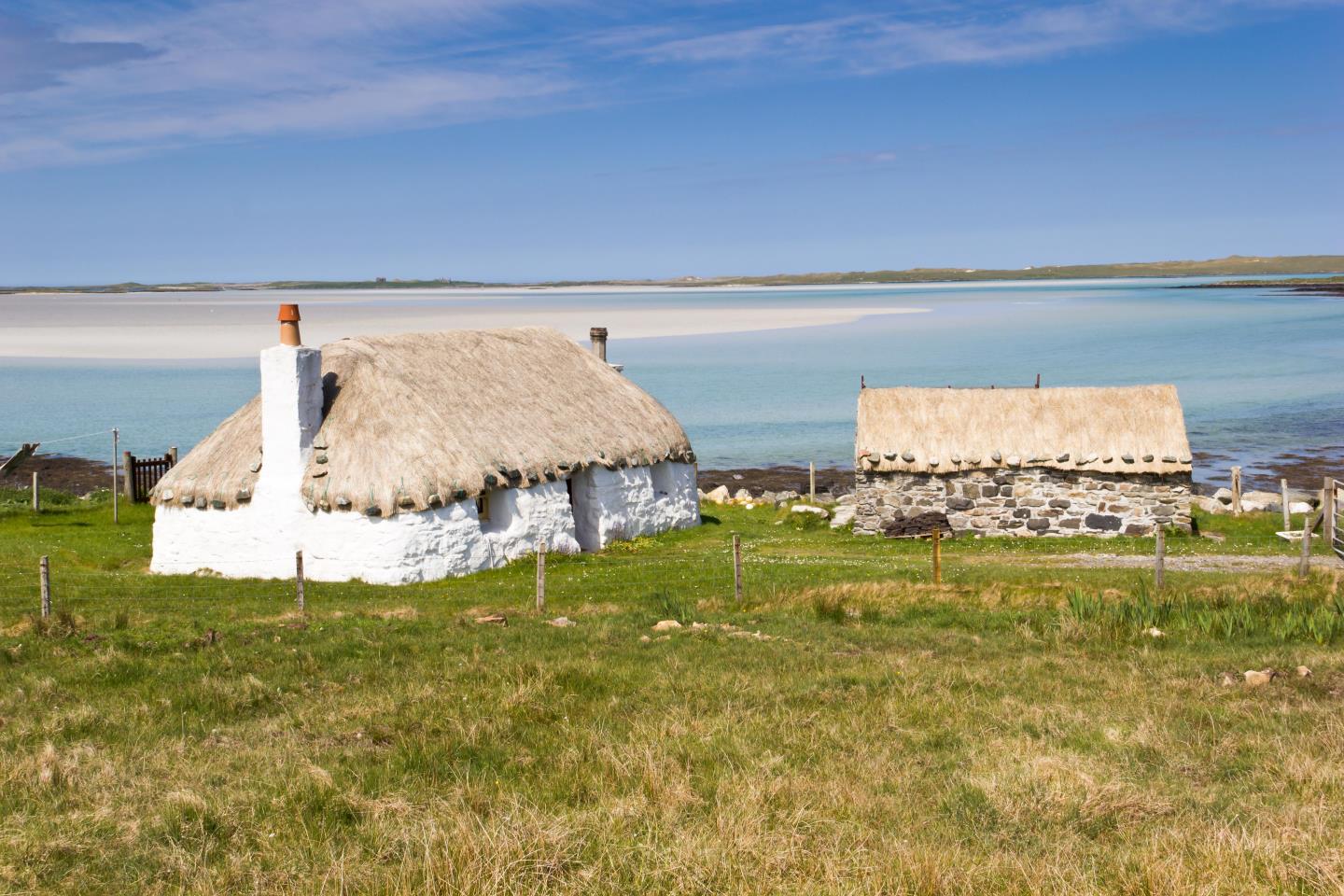
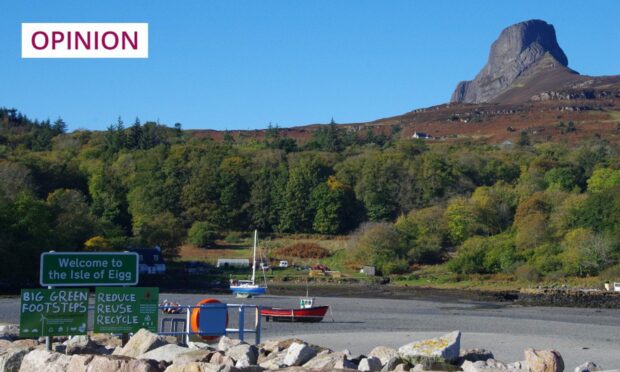
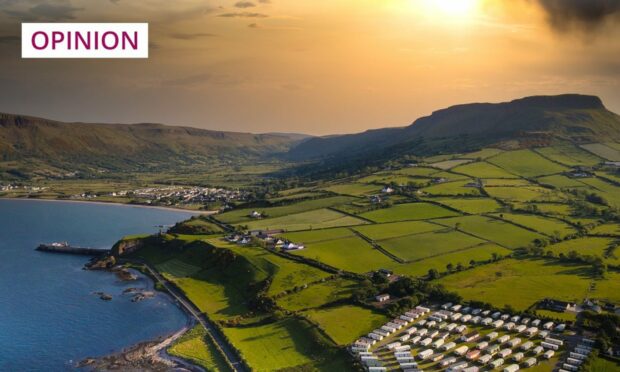
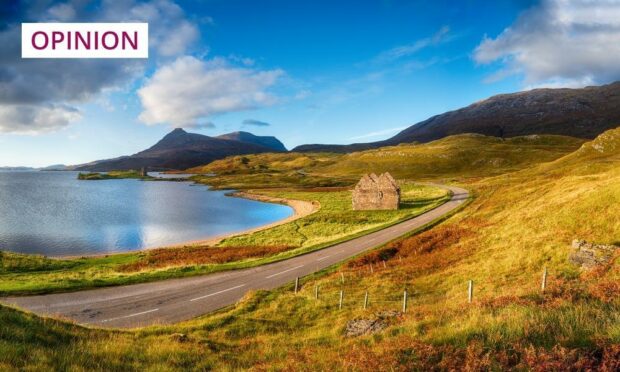

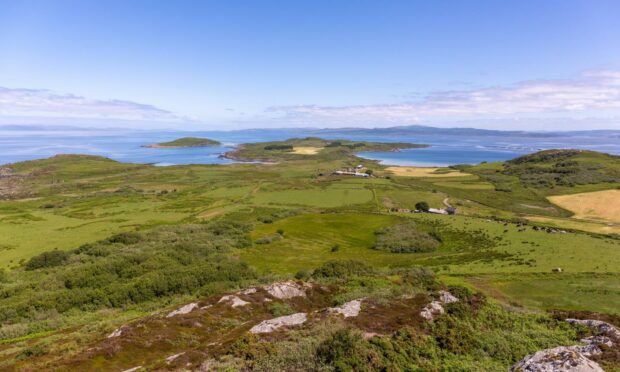
Conversation